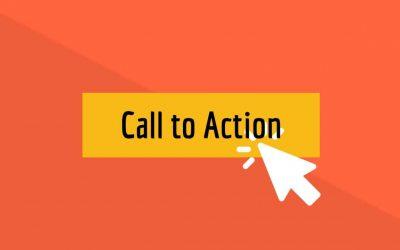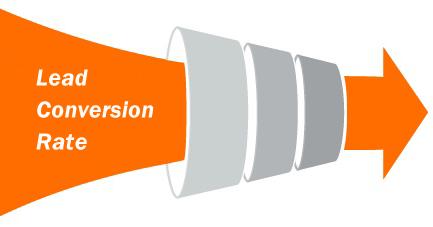If you want to create a powerful website that attracts the Search Engines to index your website for your most relevant keywords, you’ll need to follow a systematic approach to optimize each page which I am about to share with you now.
First, you’ll want to research your keywords by using tools such as Word tracker. We do this first so we can design the content around the words that will most likely convert your visitor to a client or customer, and to design the site navigation and page flow accordingly. Think of this as writing a book outline. If you offer multiple products and services, each product or service will have its own page. Trying to cram multiple products and services on one page will only confuse the search engine and chances are you won’t rank well in the search engines.
Once the first step is complete and we’ve decided all the pages we need, we then begin optimizing the content for each page. Here are some of the key elements a page should contain.
- <H1> or Header Tag – This should be placed towards the beginning of a page and contain the keyword or key phrase . Using terms like “Welcome To” or any other meaningless phrase without you keyword is a “Wasted Opportunity”. If you need the “Welcome To”, make it an image you can optimize for the main keyword.
- Meta Tags – Make sure to use the meta Title and Description for each page. The tile should be a keyword or keyphrase and the description should contain the same.
- Paragraph – Start the paragraph with your keyword or key phrase. Make sure to Bold, Underline and/or Italicize your keywords whenever possible. This signals the search engine spider to put more weight on these words.
- Images – One of the most common mistakes I run across are pages not optimizing the image names, titles, alt tags and descriptions. Each image can contain a wealth of information for the Search Engine spider to know what the image is about. The spider doesn’t have eyes that can see, so if you don’t optimize your images, it won’t know how to properly index you content for your keywords.
- Videos – The VideoObject supports a number of properties, including the ability to add a transcript, thumbnails, titles, descriptions, ratings etc… Optimizing this properly and including a video sitemap will improve the indexing of your webpage.
Keep in mind that search engines look for websites that are useful for site visitors. If your linking structure indicates that it is helpful and informative, you’ll generate more favorable search engine rankings. Incorporating a blog and using Social Media to share your sitelinks is a great way to build trust with the search engines over time. We recommend at least writing one blog per week and optimizing each post similar to how you would optimize a page. The frequency of adding fresh content signals Search Engines to visit your site more frequently.


